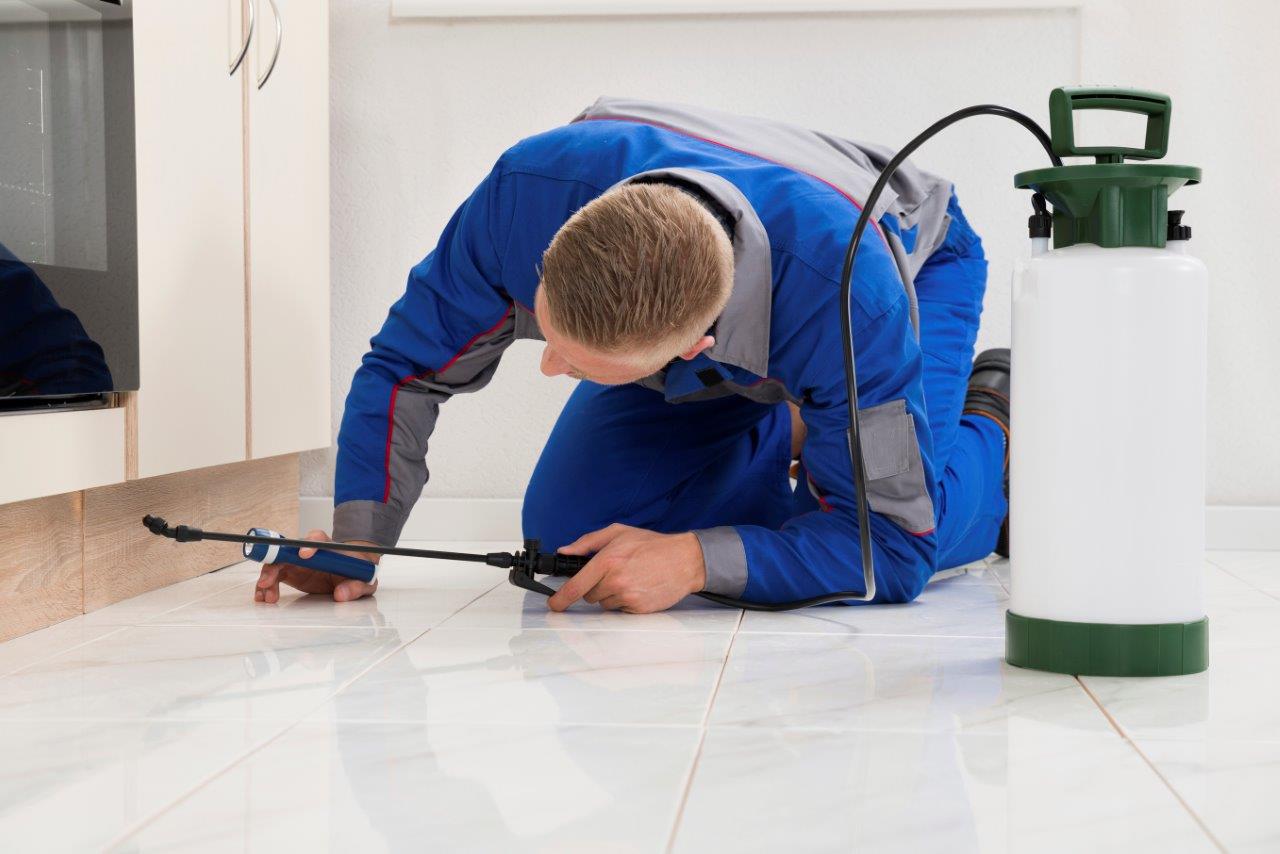
Learn to keep unwanted creatures away
Even before you sign on the dotted line, your home should be checked for certain uninvited visitors–pests. They can show up and dig in for the long haul. Termites, cockroaches, mosquitoes, ticks, carpenter ants, and rodents can wreak havoc on your home’s infrastructure, both exterior and interior. They can also be a danger to your health. There are many steps you can take to rid your home and yard of them.
In terms of disease and death, mosquitoes now are considered the number one most dangerous pests. At first, it was concern about West Nile virus, then malaria, elephantiasis, dengue and yellow fever, and now the dreaded Zika virus. "So many governmental agencies are trying to figure out how to handle the challenge," says Cindy Mannes, vice president of public affairs for the National Pest Management Association in Fairfax, Va., which represents 7,000 pest management companies.
Second on the list of health risks are ticks–and Lyme disease, and no longer just along the East Coast, but also in the Midwest. "It was such a mild winter, which makes the ticks come out more. To date there have been 300,000 reported cases of Lyme disease in this country, and that’s just the number of reported ones. It could be far greater," Mannes says.
As we tick off pest problems, let’s not forget termites, considered the top threat to wood-based structures and ahead of fire, floods and wind damage. They cause more than $5 billion in property damage yearly, which isn’t always covered by homeowners insurance, says Mannes. Of course, there are many other pests that cause problems, even fatal ones. "Cockroaches can spread 33 different kinds of bacteria, plus a e-coli and salmonella, as well as trigger asthma and allergies," she says.
Where do you begin? Follow these steps:
Do research. Learn what bugs and animals are most prevalent and troublesome in your area. Stink bugs thrive in the mid-Atlantic, kudzu bugs congregate in the South, and Asian lady beetles are everywhere! Make note of their habits. Some animals migrate South when the weather gets colder, and many such as rodents may seek shelter in your log pile. Learn to recognize different species since prevention and removal vary. The Association’s website offers an illustrated Pest World glossary and information about where different species are prevalent.
Hire a professional pest management company. It can provide regular maintenance, according to your home’s needs and pocketbook, or when you spot an infestation. Choose a firm that’s licensed through your state’s Department of Agriculture and is a member of a trade association to make sure it’s up on best treatment and prevention practices. "You want to buy value rather than price," Mannes says. And know that if you live in the South, you may need more regular service–perhaps, monthly or every other month rather than quarterly, since they can be more prolific there because the temperatures are warmer.
Practice cleanliness. Food left on counters–even crumbs, and dirty dishes in a sink are big invitations for which the pests didn’t RSVP. Use a disposal or trash can with bag and lid, and regularly clean pantries and appliances.
Tackle home improvement. Leaks in pipes, gutters, and hoses are a huge come-on to many pests that love water and moisture, (mosquitoes thrive in standing water) as well as shelter. Also repair doors, windows, screens, walls, chimneys, and loose mortar since many bugs will find holes and enter. Rodents can squeeze through under doors and openings as small as a coin.
Prune branches and shrubs near your home. Squirrels are skilled trapeze artists and will find openings in roofs and walls for warmth. Keep branches 6 feet to 8 feet from your roofline.
Store fire wood and mulch away from your home. These are inviting nesting places because they provide cover. Also keep them 6 feet to 8 feet from your foundation. “Squirrels do severe damage and not just in an attic or garage. They can eat through wires and cause electrical fires,” Mannes says.
Observe your community’s regulations. They vary. For example, some stipulate that a groundhog must be removed and released. But some reflect nationwide guidelines. Certain bat species are protected as Endangered Species by the U.S. Fish & Wildlife Service. A pest control company and local or state extension services can provide key additional information.
Share with us your pest control issues.
